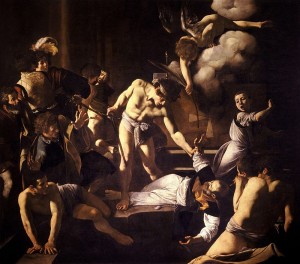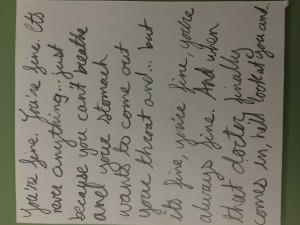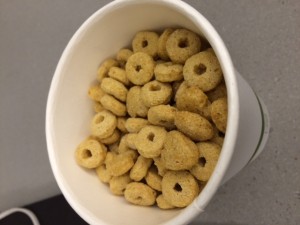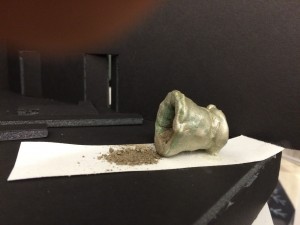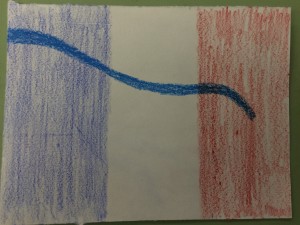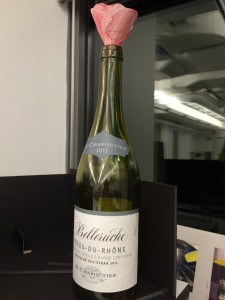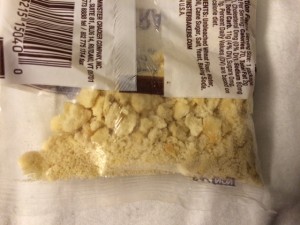The Federalist Papers, originally known as “The Federalist” were a series of eighty-five essays written between October 1787 and August 1788 that argued in support of the newly drafted U.S. Constitution. The essays were written by Alexander Hamilton, John Jay, and James Madison, all under the pseudonym “Publius”. The pseudonym, chosen in honor of Publius Valerius Publicola, was picked by Hamilton, as Publius was essential to the founding of the Roman Republic. Hamilton felt that this would hopefully parallel the importance of the Federalist Papers in the ratification of the Constitution. The essays were published in a series of newspapers, The Independent Journal, The New York Packet, and The Daily Advertiser and all were published anonymously. It wasn’t until Hamilton’s death in a duel with Aaron Burr that he was revealed as one of the authors. It is widely believed that Hamilton wrote fifty-one of the essays, Jay wrote five and Madison wrote twenty-nine. Jay was going to contribute more, but fell ill after writing four (numbers 2-5) and so didn’t write another essay until number sixty-four. Madison disputed these numbers, claiming he had written more than his twenty-nine, but none of the authors ever released a breakdown of authorship, so the exact who wrote what is still up for debate, and will never be known for sure. Only seventy-seven of the essays were originally published, and the other eight were added in later when the collection was published.
Hamilton masterminded the Federalist Papers as a way of garnering support for the Constitution. All three authors of the Federalist Papers were strong nationalists, hoping to increase public support for the new Constitution, which was written to replace the old Articles of Confederation, and it had to be passed by nine of the thirteen states. The Federalist Papers were written to counteract opposition that the Constitution would create a large, tyrannical central government that would infringe on state’s liberties. They instead argued that the proposed government as outlined by the Constitution would keep the Union from falling apart and would give the federal government the ability to act with authority in the national interest. They pushed the idea of checks and balances, outlining how the Constitution’s clear outline of defined powers of the government would be the best way to protect the individual rights of each state.
While it is not fully clear how much of an impact the Federalist Papers had on the public at the time (although, the Constitution was obviously ratified), they have since been compiled and are widely studied in conjunction with the Constitution as a great analysis and interpretation for the founding principles of the United States.
References
“Federalist No. 1 | Teaching American History.” Teaching American History. Ashbrook Center, n.d. Web. 23 Feb. 2016. http://teachingamericanhistory.org/library/document/federalist-no-1/
“The Federalist Papers.” The Federalist Papers. Oak Hill Publishing Company, n.d. Web. 23 Feb. 2016. https://www.constitutionfacts.com/us-articles-of-confederation/the-federalist-papers/
“Federalist Papers.” History.com. A&E Television Networks, 2009. Web. 23 Feb. 2016. http://www.history.com/topics/federalist-papers
